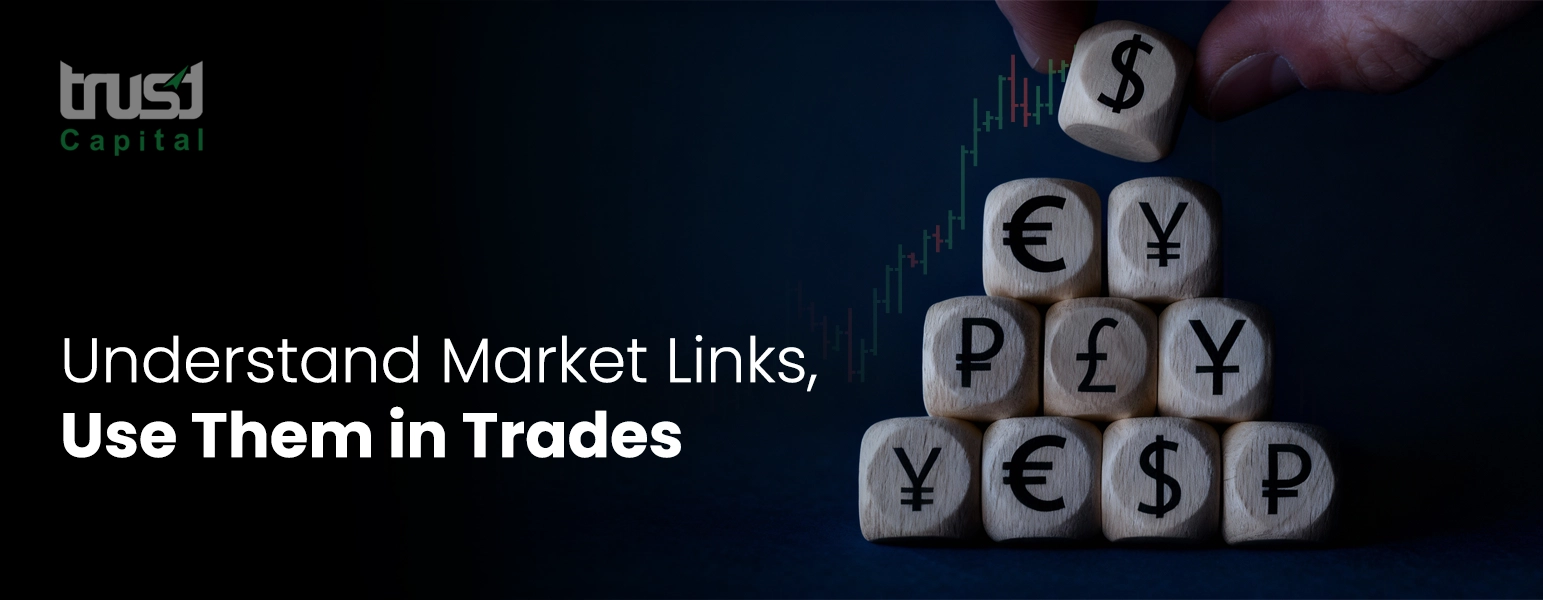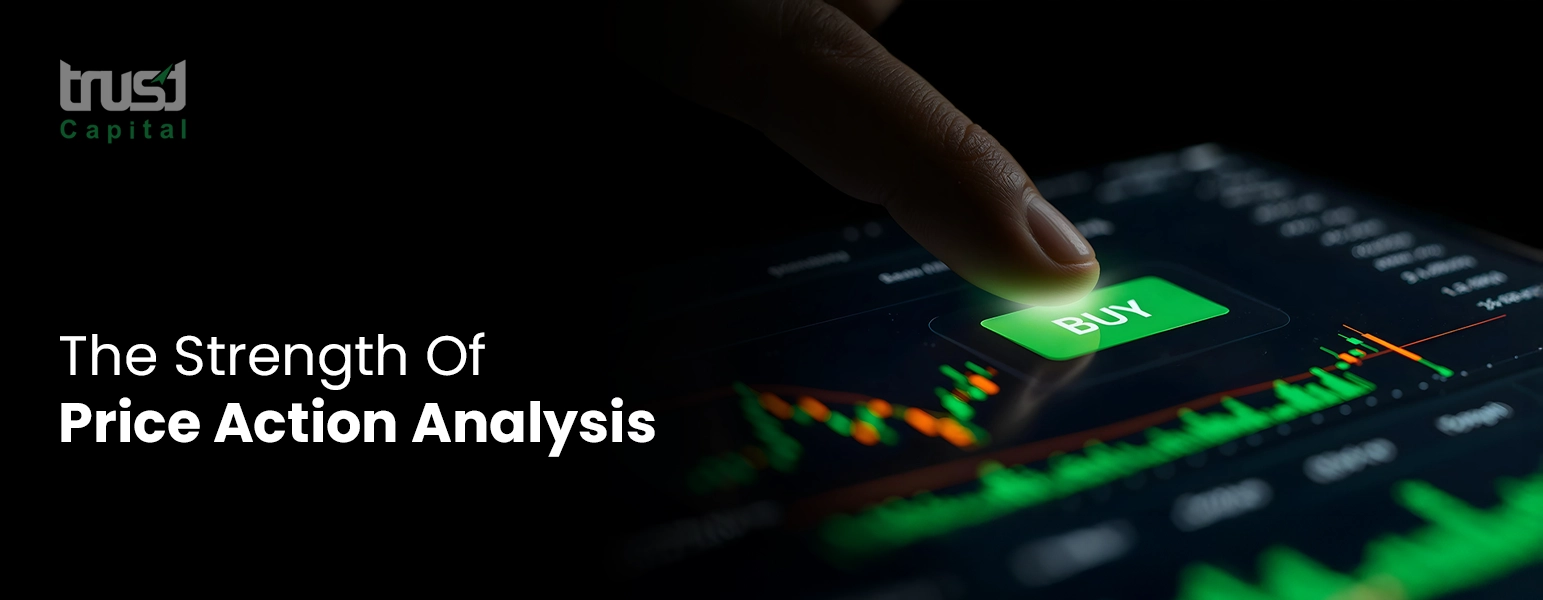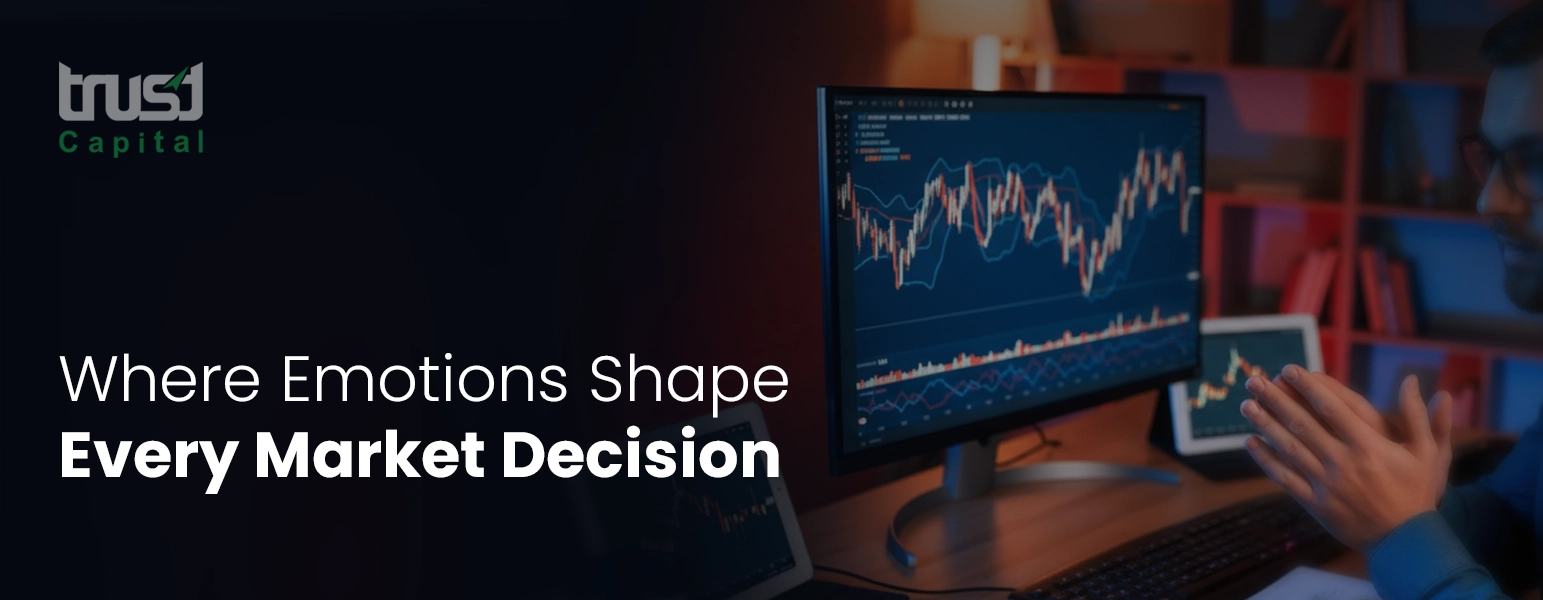Gold and Oil on Edge: How the Israel-Iran Conflict Could Shake Global Markets.

The ongoing escalation in tensions between Israel and Iran has placed global markets on high alert, with commodity markets—especially gold and oil—experiencing heightened volatility. Historically, the Middle East has been a geopolitical flashpoint with far-reaching economic implications, particularly in the energy sector. The latest developments have reignited investor concerns about the stability of oil supplies and triggered a renewed rush toward safe-haven assets like gold. In this report, we delve into how the Israel-Iran conflict could influence both markets in the near term, and what fundamental traders need to watch closely.
Oil: A Market Priced for Disruption
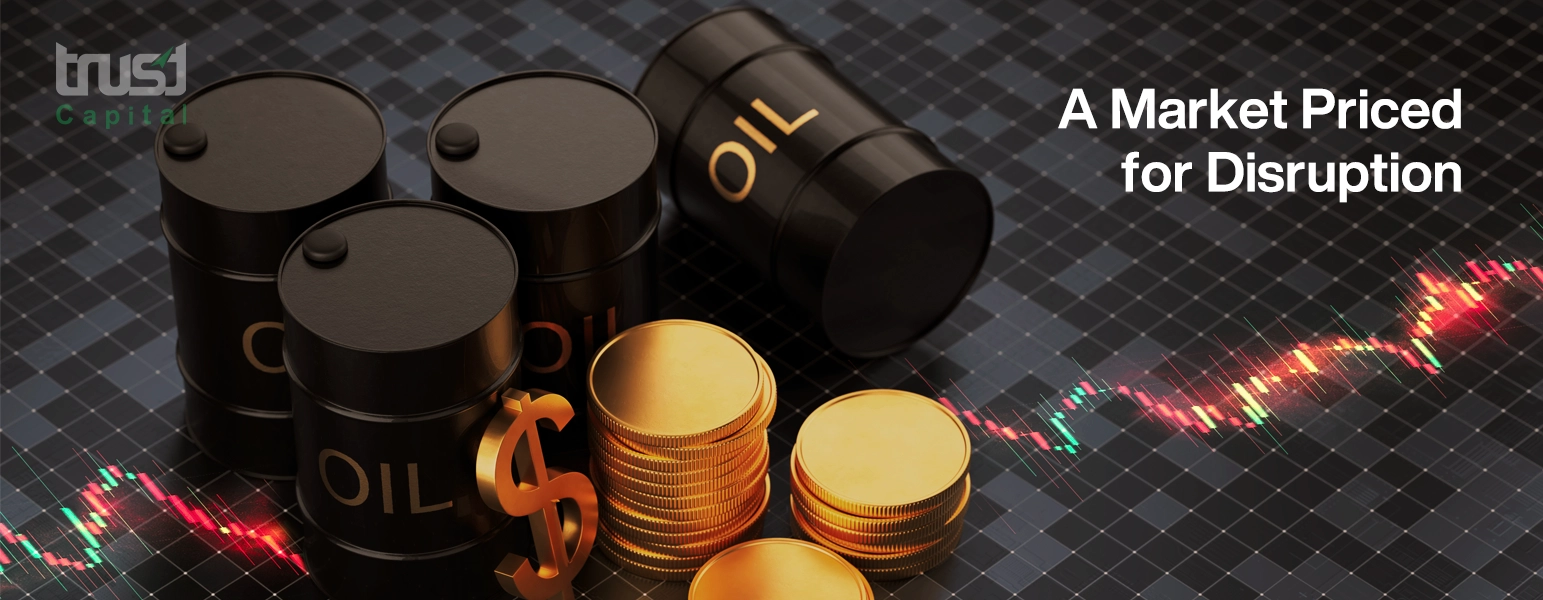
The Middle East accounts for a significant portion of global oil production and exports, with Iran playing a pivotal role in the region’s energy landscape. The Strait of Hormuz, a narrow waterway bordering Iran, is especially critical—approximately one-fifth of the world’s oil passes through this chokepoint. Any military escalation or threat of blockade in this region can send shockwaves through global oil markets. In recent trading sessions, crude oil prices spiked, reflecting market anxiety over a potential supply disruption. Traders must also consider the potential response from OPEC and its allies (OPEC+). Should the conflict worsen and lead to tangible disruptions in supply, OPEC+ could intervene by increasing production quotas to stabilize the market. However, if the conflict escalates beyond a controllable point, even increased output may not be sufficient to calm market fears. In this scenario, oil could see significant volatility with potential for both sharp rallies and rapid corrections based on news developments.
Gold: The Return of the Ultimate Safe Haven
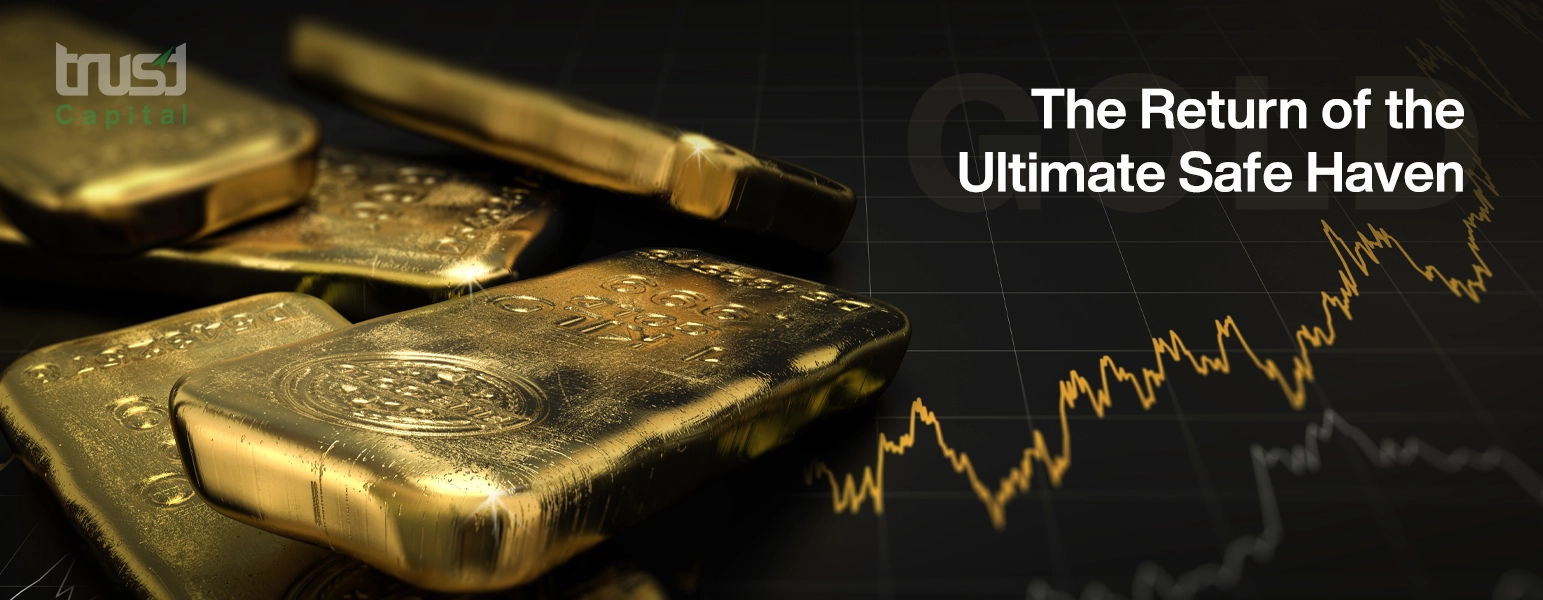
Gold has long been viewed as a sanctuary during times of uncertainty. In the wake of the Israel-Iran tensions, the precious metal has been consolidating just below the $3,400 mark, holding firm despite broader market volatility. The Federal Reserve’s stance on interest rates will be a crucial determinant of gold’s next move. Markets are currently pricing in a possible rate cut later this year, especially if inflation continues to moderate and the global economic outlook weakens due to geopolitical shocks. A dovish shift by the Fed would lower yields on interest-bearing assets, making non-yielding assets like gold more attractive. However, traders should be wary of crowded positioning. When speculative interest becomes too one-sided, markets often experience sharp corrections triggered by profit-taking or unexpected news.
Navigating the Road Ahead
For fundamental traders, the Israel-Iran conflict is a textbook case of geopolitical risk affecting commodity markets. However, it's critical to separate temporary headline-driven moves from sustainable fundamental trends. While oil may surge on news of a skirmish or a tanker attack, sustained price appreciation requires a prolonged disruption to supply. Similarly, while gold may spike on war fears, its long-term direction will be shaped by real interest rates, central bank policy, and global risk sentiment. Traders should also pay close attention to upcoming macroeconomic data and central bank announcements. For instance, the U.S. Federal Reserve's upcoming rate decision and economic projections could significantly influence gold prices.
